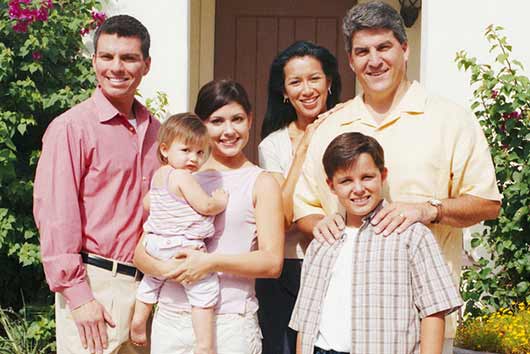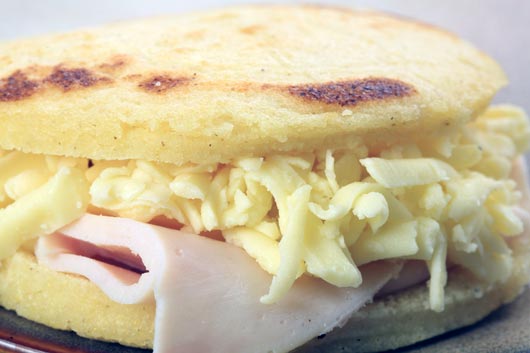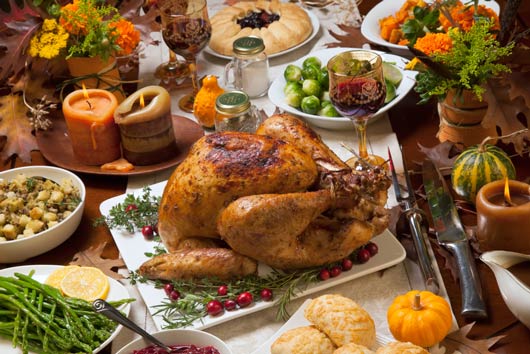
Every year, Christmas starts earlier and earlier. Come the 20th of November and stores, malls and shopping centers all begin decking windows and streets with lights, Merry Christmas signs, and music. Traditional carols or villancicos, are heard everywhere, reminding us that the season to be jolly is not just around the corner, it’s almost on top of us. But despite the commercialization of the holiday, many Hispanic Christmas traditions have their roots deep in language and culture.
Read Related: The Tradition Behind Three Kings Day
Navidad, from the Latin nativitas-atis, birth, which gives us the English nativity, used to start with the feast of the Immaculate Conception, la Inmaculada, December 8. Navidad is also known as Pascua, from the Hebrew pasah, which is the season from the 25th of December to the 6th of January,—yuletide—when the Magi come. Not that long ago people would say ¡Felices Pascuas! Or ¡Felices Pascuas de Navidad!, instead of the more modern ¡Feliz Navidad! The expression hacer la pascua, means to annoy, harm, or ruin someone. It beats me why.
In Spain, the fun, joy and merriment get underway the 22nd of December with the Lotería de Navidad. The whole world and his mother have bought a lottery ticket for that day. Long lines of purchasers wait patiently at some lottery office—it is a State monopoly—to buy special numbers, or números bonitos. Superstition says that certain numbers are bonitos and others, feos which, I suppose, go unsold. On TV newsreels we can watch people celebrating their luck by opening champagne bottles and getting drunk. El gordo, the jackpot, the big prize, is worth 3 million euros.
Many households, churches and even stores set up Nativity scenes, Belén, featuring Joseph, Mary, the Baby, donkeys, camels, and the Three Wise Men. City Halls also set up a Belén. Christ was born in Belén, Bethlehem, thus the name for these Nativity Scenes.
The 24th, Christmas Eve, Noche buena, is a day of hustle and bustle preparing supper. Spain, Cuba, Puerto Rico, the Philippines and Latin America all celebrate, in one way or another, this Nochebuena, which unites families to make merry, drink and eat to their hearts’ content. The fare differs from country to country, from region to region and from family to family. In Spain, turkey was the staple for that night but better times have relegated the bird to almost last of all possible choices. Marisco, crabs, lobster, shrimp and other seafood are favored by most.
Santa Claus is invading Hispanic countries and competing with the Three Wise Men, Los Reyes Magos, whose names are Melchor, Gaspar and Baltasar, Melchior, Casper, and Balthazar.
Even the árbol de Navidad—the Christmas tree—a northern European and American tradition, is to be seen everywhere and in almost all households.
El día de Navidad, people open their gifts, if they get any, and then proceed to have lunch which in Spain consists of leftovers from Nochebuena. There are always plenty of leftovers as Spanish mothers have eyes bigger than their families’ stomachs.
The 28th of December marks the Día de los Santos Inocentes, the equivalent of April’s Fools’ Day, and all sort of silly pranks are practiced. Even newspapers publish mock news to shock people.
Nochevieja, New Year’s Eve, is more of the same but with more drinking. The eating of 12 grapes as the clock strikes twelve, is a tradition that began in Spain early in the 20th Century, and has spread to many Hispanic countries. Las uvas bring luck, but I am not so sure. Last year I refused to choke on them and my bad luck did not get any worse. ¿Dónde vas a tomar las uvas? is a question you will hear that day. En casa de mis padres, is the normal answer.
Christmas is over, but not in Spain. The Reyes Magos are coming the morning of the 6th of January, so the second of January people go crazy—literally—purchasing knickknacks and toys for the children: guns for the boy and dolls for girls. The Reyes Magos used to come to bring children presents, but adults also want something. Of course, it is most important to write the Magi a letter explaining how very good we have behaved, and attaching a list of presents.
And then Christmas is officially over. After all the drinking, eating and purchasing, January becomes the longest month of the year. In Spanish, the difficulty in making ends meet this month is referred to as la cuesta de enero.
Happy New Year to all Mamiverse readers—Feliz Año Nuevo a todos los lectores de Mamiverse.












